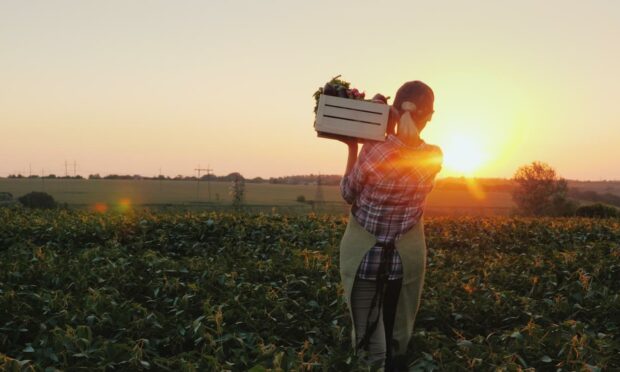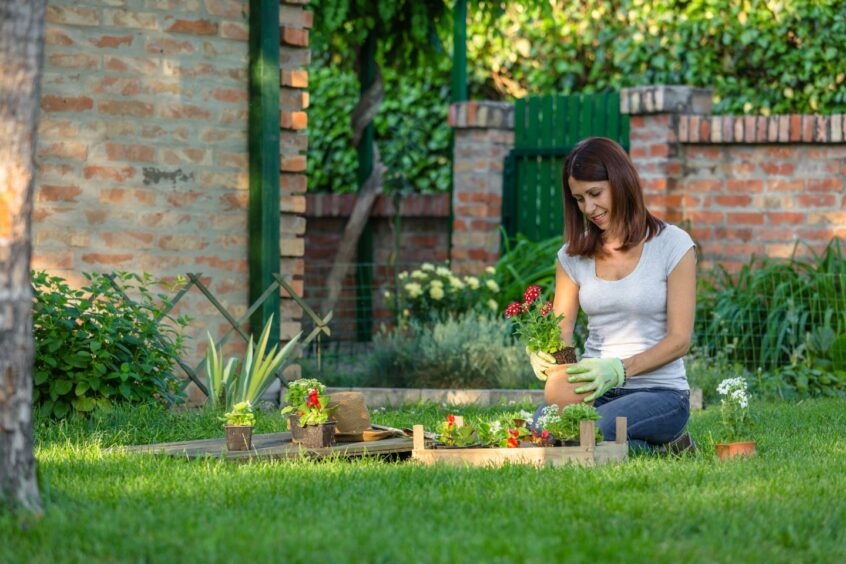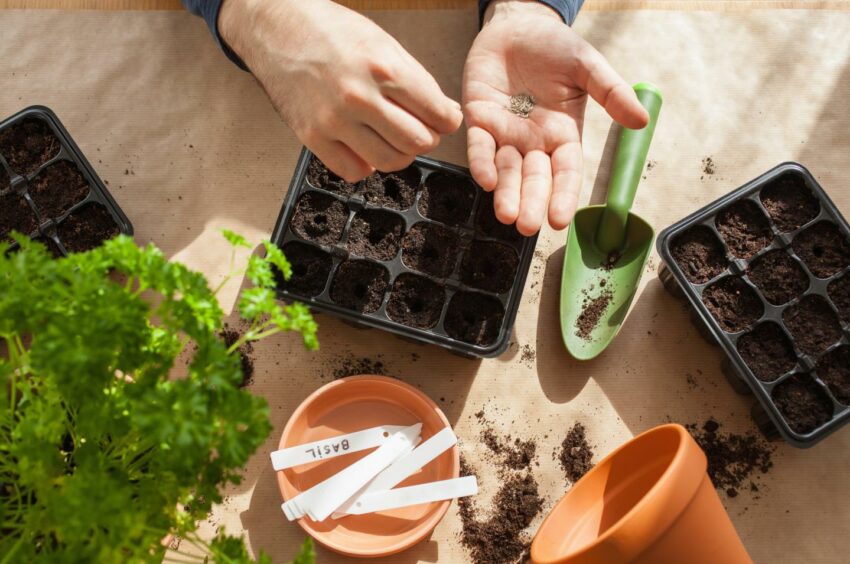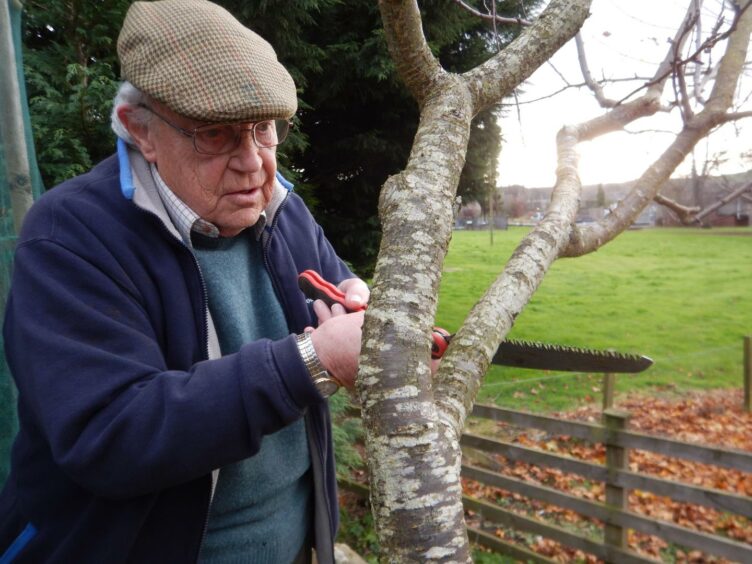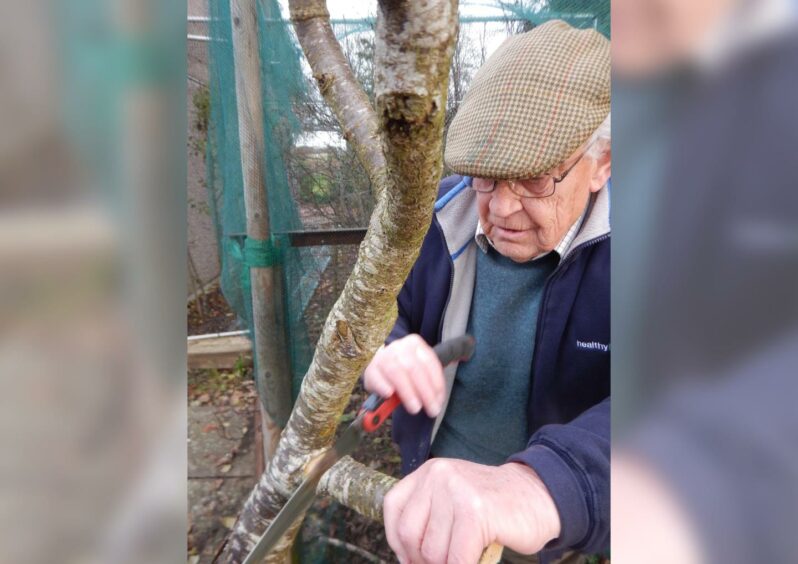A Guid New Year tae yin and aw and mony may ye see.
The year that has passed was momentous for all the wrong reasons thanks to Covid, but the good news, on which I have already commented, is the number of recruits we can welcome to the world of gardening.
From now on, the days will lengthen and the garden scene will change again.
Isn’t that where the fascination for this hobby really lies?
There is, however, another element which we will have to get used to – climate change.
Gardening is a process that has seen numerous changes over the years, most of which we can become used to but never before, something as awesome.
Climate change
From seed sowing to harvest, the scene changes constantly but now we have to concern ourselves with climate change – we will have to be prepared to adapt once more.
Learning to garden successfully is to become an exponent of what is possible, in changing circumstances.
Working in the greenhouse the other day, made comfortable by a little electric fan heater, my thoughts turned to a similar situation some 60-70 years ago.
I was doing the same job in a glasshouse at Auchincruive, in my first position at the start of my career.
The glasshouse was a lean-to against the garden wall, it was 80ft long and about 15ft wide, heated by a series of hot water pipes from a coal fired boiler on the outside of the wall and that reminded me of a lovely New Year story, let me share it.
We had a new young lecturer who came to the college, with young wife and baby son.
John was allowed to park his caravan home in the woodland close to the boiler house, we bumped into each other from time to time and became good friends.
Getting near to Christmas/New Year, John came to tell me that he was going to run out of fuel for his wee stove, being a newcomer he wasn’t sure where the nearest supplier could be found.
Without any authority at all, I suggested that the odd bucketful could be taken from the glasshouse boiler and no-one would be any the wiser.
No problem John between you, me and gatepost.
Hogmanay
I was to be on duty over the New Year holiday and on Hogmanay, I was invited up to the caravan for a dram and when 12 midnight struck I toasted the young couple with that old Scots saying ‘Lang may yer lum reek, wi ither folks’ coal’.
Whereupon, John’s wife, from south of the border, almost fainted. (Incidentally, John went on to become chief fruit and vegetable supplier for M&S.)
We become accustomed to changing techniques, learning to adapt in our own good time, but as a result of climate change, changes we can’t control will happen – remember my comment about the dry spring last year – further analysis on the disappointing yields of commercial crops have confirmed that lack of rain in the establishment weeks of some crops has resulted in poorer yields.
Back to the jobs in hand. Pruning and shaping up woody perennials is high on my list. Now that they have become dormant and the deciduous species have lost their leaves it is much easier to progress.
Let me remind you (again) how to make a tidy job of it.
Pruning and shaping
Having selected the shoots to be removed, you should then look for a joint to cut back to. Why can’t you just lop off the offending shoot any old where?
Apart from looking to enhance the overall shape of the plant, you want to be sure that any wounds will heal to prevent disease from entering the tissues. This is achieved by cutting back to a joint where there are cells located with a healing capacity.
Should the cut surface be covered with a wound sealant?
Quick answer – if the cut is less than 2.5cm (one inch) the answer is no.
If on the other hand the cut is larger, a wound sealant such as Arbrex should be applied.
At one time we used a lump of soil and rubbed it all over the cut surface.
Not so daft as you might think because in most soils there is an organism called Trichoderma viride which feeds on the very fungi that are likely to attack an open wound.
Rub on the soil; old Tricho gets on the job, the wound heals cleanly and more quickly – what could be simpler?
During periods of mild weather, you can be lopping branches off trees young and old alike to “raise the crown” of each one, applying Arbrex where appropriate.
This phrase is used to describe the process of removing lower branches to expose the trunk. If the trees are in open lawn, removal of these lower branches makes the job of mowing less hazardous.
